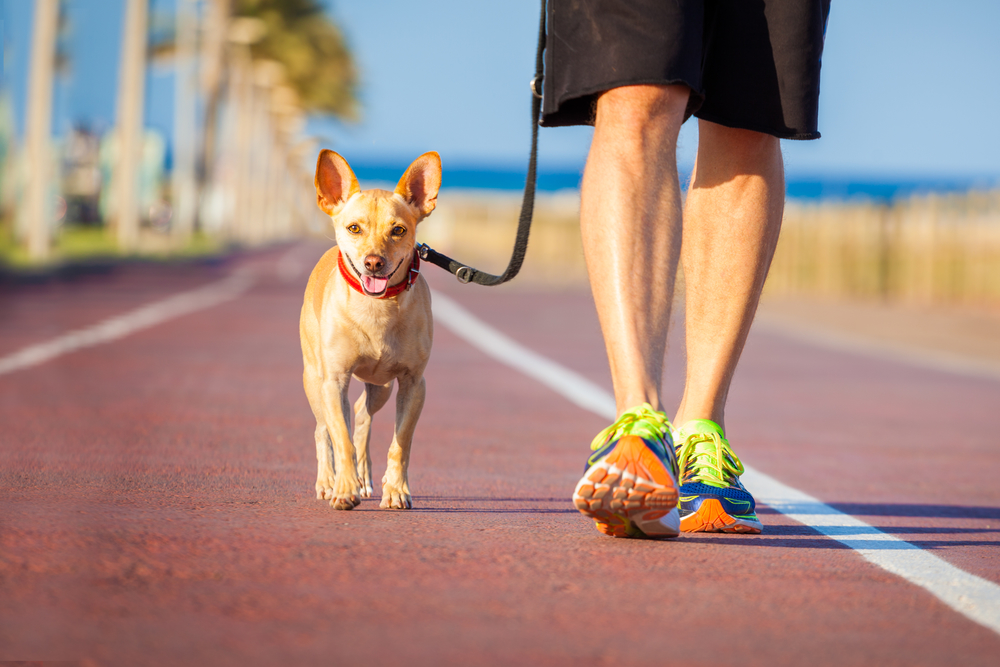Have you discovered that perfect dog and now need to teach the basic?
One of the first things you need to teach your dog is the proper way to behave on a leash. This is one of the most crucial skills to master for both you and your pet’s future. Once you train your dog to walk on a lead, he is more manageable and much safer. Plus, it makes going for walks an experience that both of you can look forward to and enjoy.

chihuahua dog close together to owner walking with leash outside at the park as friends
If you have a puppy or a dog that does not have any leash training, it is best to start with sessions that are short and positive. Here are some tips for teaching your dog to walk on a lead:
If your dog already has the habit of pulling on his leash, there are two things that you need to convince him of – first, pulling will not make him arrive any faster at his goal, and second, you will reward him when he walks politely.
If you are training a puppy, or if your adult dog is submissive and responsive to you, the “no forward progress” approach is a good idea. In other words, let your dog understand that if he tries to pull you, you will stop and not move until he behaves. If he is determined to get to where he wishes to go, he may not notice at first that you are not moving. But sooner or later, he will wonder why you are not moving and stop or turn to look at you. The moment the leash goes slack, make sure to mark and reward, and then continue walking. If he pulls again, stop until the leash goes slack again. It may take a few days of going for slow, short walks, but many dogs quickly find out that pulling their leash does not speed up progress but slows it.
When you are training your dog, communication is key. You need to let him know what is and is not acceptable behaviour on the leash. You will need patience and persistence, but in no time, teaching your dog to walk on a lead will pay off and you will have a furry friend that behaves politely every time he is on a leash.
For some more training – try How To Teach Your Dog to Sit